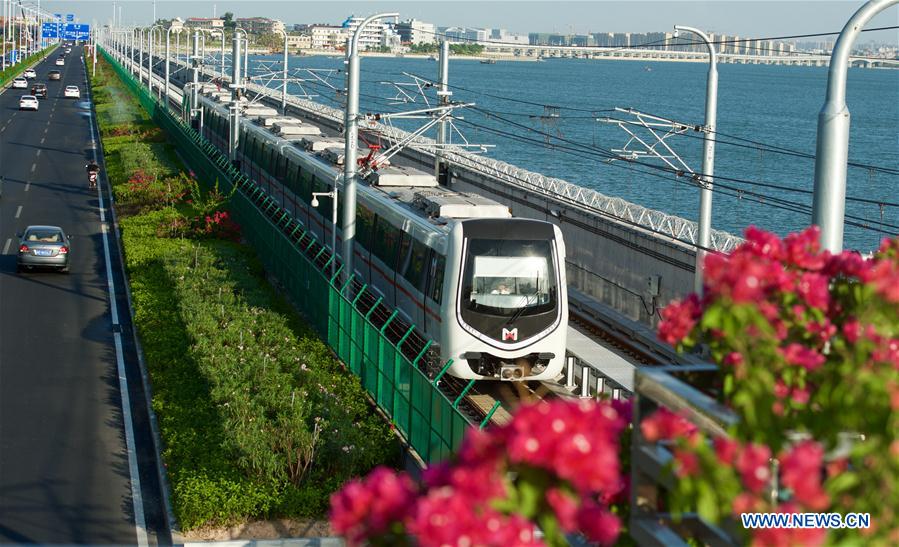Much has been written about China’s socialist market economy since October 1992, when the concept was formally endorsed. Many have debated its true nature. Is it really a socialist or a market economy? Is it an unwieldy synthesis of both, or has it through time matured into a manageable system for continued national development? And relatedly, especially since 2008 (although such policymaking is much older), what are macro controls and how do they support both the concepts and practices associated with the Chinese economy?
One question that has bedeviled socialists in particular is whether a socialist market economy is a contradiction of terms. From a Marxist perspective, markets are problematic. However, not even radical socialists should view a market as being necessarily bad or evil. This is because in its most basic form, a market functions as a type of techne, as a type of technology that facilitates economic production and exchange. Equally important, however, is the fact that it’s impossible to imagine the complete absence of a market, even in an advanced socialist or communist society.

Not a retreat
Some have argued that China’s reform and opening-up period, and further, its normalization of the socialist market economy, mark retreats from socialism. Some have compared it to the Soviet Union’s stepping back from communism with its New Economic Policy in 1921. Vladimir Lenin described it as “free market and capitalism, both subject to state control,” and said it would be a “temporary adjustment.” It was not. Rather, it started what eventually became a decades-long experience with state capitalism, where too frequently some of the worst tendencies of socialism intersected with the worst of capitalism.
For some purists on the right and left, these Soviet “retreats” represented betrayals. Similar remarks followed the reform and opening-up policy that began to emerge in China in 1978, accelerated in 1992, and furthered with China’s accession to the World Trade Organization in 2001.
For others, these developments were less about theory, and more about solving real development goals in a world where access to advanced technology and capital required integrating with the global economy. In this respect, some returned to Karl Marx’s argument that socialism can only emerge when the costs of capitalism begin to outweigh its benefits, and they agreed that China had not yet reached that phase of development. Or, perhaps a bit more darkly, workers must experience capitalism and be transformed by its positive and negative aspects, before they can develop the sort of critical consciousness necessary for advancing to a more advanced form of political economy, like socialism.
In retrospect, while these might be important theoretical considerations, they now appear overwrought. This is not because China’s socialist market economy has managed to avoid altogether serious concerns like income inequality, corruption, worker exploitation and unhealthy forms of consumerism. Nor is it because theory is always secondary to practice. Nor is it because state-owned enterprises in China are completely immune to being labeled state capitalism. Nor is it because the private sector now contributes an estimated 60 percent of China’s GDP. Rather, it’s because with the socialist market economy, China has been able to develop and implement a rational regime of macro controls in ways that have been used to better manage national development in an overall socialist way, along a path toward greater socialism.
This is best understood through specific achievements. For example, development began on the eastern seaboard, and positive returns from these efforts have been used to develop other regions. Capital and technology transfers helped China close its gaps with international competitors, and now Chinese sovereignty has been strengthened in ways that benefit the people as a whole, and further, provided a foundation in turn for new waves of innovation and development.
Additionally, the socialist market economy has provided the economic foundation for increasing access to education and healthcare, eliminating absolute poverty, transitioning to green development, and other forms of social and economic progress. It has propelled China’s development level forward dramatically, with only the U.S. economy larger now, but quickly gaining ground and expected to surpass it in the 2030s.
Most recently, with effective macro controls, the socialist market economy was able to adjust quickly to meet the emergent needs associated with the global pandemic. China was able to absorb temporary economic losses by emphasizing people over profits, in part by maintaining acceptable employment levels despite an initial downturn. And then, given effective social response measures overlapping with those employed economically, it was able to restart the economy quickly, returning to positive growth while the rest of the world faltered.
This not only meant that China was able to stand up quickly and return to form. It also meant China was able to produce vital equipment for fighting the virus while others were unable to do so, either due to a lack of manufacturing capability or the inability of local governments to contain and control outbreaks, effectively shuttering their industry.

The new normal
Macro controls in one form or another have been a longstanding feature of China’s economy, stretching back to the founding of the People’s Republic of China in 1949. But it’s only when they began to develop along with the socialist market economy that they became increasingly rational and reliable.
Three periods in particular have helped solidify macro controls in terms of theory and practice, and led China’s leadership to view them as both natural and necessary for a well-managed and above all, socialist-oriented economy, as opposed to views associated with more liberalized economic approaches.
The first of these periods came with the global financial crisis in 2008. The market interventions employed then by the U.S. undermined the liberal narrative, and all the more so because many of them were thoroughly reactionary, of questionable legality (i.e., extra-constitutional), and in many cases caused more harm than good, both to the U.S. domestic and the global economy, sparking steep economic declines and political instability in many parts of the world.
The second, which we have already mentioned in part, has come more recently with the pandemic, where countries like China with better economic and social response measures have used them rationally through effective governance to contain and recover quickly, saving their economies as well as an inestimable number of lives.
The third overlaps with the second but is a different matter, relating somewhat to the first but actually mirroring Chinese efforts to an extent. As the U.S., starting with the Donald Trump administration and now continuing with the Joe Biden administration, has made clear, the trend is to compete more with China, but to do so in some cases by doing as China does. For example, the U.S. is moving toward a national industrial policy related to key technology development and production, which has more in common with a planned economy than, strictly speaking, a liberal one.
Author: Josef Gregory Mahoney is a professor of Politics at East China Normal University, Shanghai
Source: Beijing Review, No 23, June 10, 2021
http://www.bjreview.com.cn/Opinion/Voice/202106/t20210607_800248818.html
Leave a Reply
You must be logged in to post a comment.